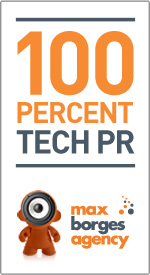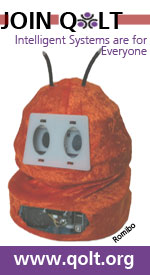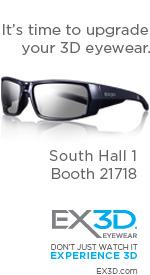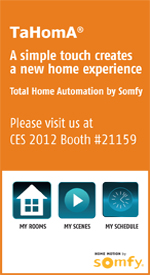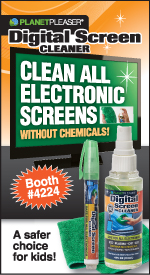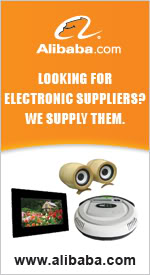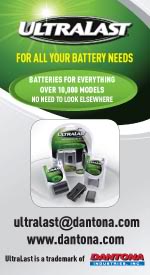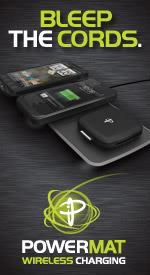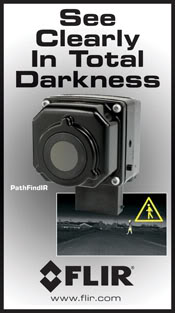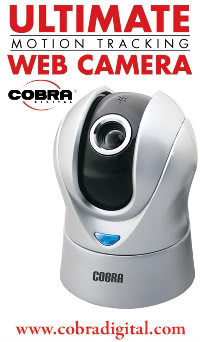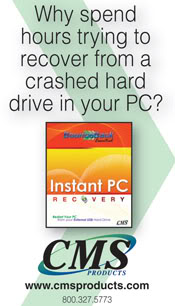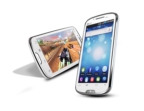By Dr Peter Harrop, Chairman, IDTechEx www.IDTechEx.com
Electronics and electrics on or in paper is being used for security, safety, crime prevention, brand enhancement and merchandising. Cost, weight or bulk are a problem, so conventional electronics in paper products is being replaced with printed electronics. According to IDTechEx analysis in the report, "Brand Enhancement by Electronics in Packaging 2012-2022" (www.IDTechEx.com/brand), the global demand for electronic smart packaging devices is currently at a tipping point and will grow rapidly from $0.03 billion in 2012 to $1.7 billion in 2022. The electronic packaging (e-packaging) market will remain primarily in consumer packaged goods CPG reaching 35 billion units that have electronic functionality in 2022.
Three types of paper electronics
The very paper itself can be electronic or electrical. Secondly, electronics can be placed onto paper like the familiar talking gift card, which is increasingly printed to save space and cost. Thirdly, electronics and electrics can firmly buried in paper or operate by being on both sides of a paper sheet.
Paper with inherent electronic functions
There are many forms of paper made to have inherent electric functions, including the conductive paper of Kimberley Clark that can be patterned into heaters, antennas and the like. Photovoltaic panels made from a paper made from material rather than wood or cotton could become a cheap, easy alternative to traditional solar cells. Within a few years, people in remote villages in the developing world may be able to make their own solar panels, at low cost, using otherwise worthless agricultural waste as their raw material.
That is the objective of MIT researcher Andreas Mershin, leveraging a project begun eight years ago by MIT. Its Shuguang Zhang is senior author of the new paper along with Michael Graetzel of Switzerland's École Polytechnique Fédérale de Lausanne. Zhang enlists photosystem-I molecules in plant cells that carry out photosynthesis. Zhang and colleagues them from plants, stabilized them and forms a paper layer to produce a photovoltaic current when exposed to light.
Even school laboratories can replicate this and make improvements. Efficiency is only 0.1% but huge areas can be viable and it can probably be improved tenfold or so to become useful in smaller areas if made fibrous. Accordingly, Mershin has now created a tiny forest of zinc oxide nanowires and a sponge-like titanium dioxide nanostructure coated with the light-collecting material derived from bacteria. This is a supporting structure carrying the electrons generated by the molecules down to the supporting layer of material to a circuit.
Professor Paul Yager, of the Bioengineering Department at the University of Washington, leads several subcontractors investing grants totaling up to $26 million to progress paper-based diagnostics. In two to three years, people miles from a laboratory may be able to cough, spit, or urinate on a piece of paper, upload the image on a cell phone and get lab-quality results for a range of illnesses. "Imagine what could happen if you knew what kind of virus you had," said Yager. "You would know whether you needed to go to the hospital or just go to bed."
Electronics on paper
"Printed Electronics Europe 2012" (www.PrintedElectronicsEurope.com) in Berlin, Germany 3 - 4 Apr 2012 is the premium event for paper electronics and allied subjects. Speaker Dr Philip Cooper of security printing leader De La Rue will explain how only energy harvesting systems have the potential to power low cost electronics on paper. His is powered by holding a mobile phone close to it. He notes, "Mobile phones are suitable power sources we all carry and we have fully printed UHF rectifiers that provide an activated security function". Fulton Innovation covers, "Printing Wireless Power" for charging mobile phones and other devices. Fulton Innovation's concept for Nestlé's Cheerios cereal box uses inorganic electroluminescent displays on the packaging, powered by inductive coupling. Dr Ellen Fu of the Nano and Advanced Materials Institute in Hong Kong and Caledon Controls in Canada are among those describing totally new ways of printing the transparent conducting films needed for many forms of display, photovoltaics and sensor.
Electronics in or around paper
QR Codes are the barcodes you can scan on packages, posters or magazines to launch a website or unlock exclusive content. Unfortunately, reading the ugly large QR code requires activating a camera app on a phone or tablet, turning your device around, shooting a picture, and then suffering a delay as the appropriate app tries to interpret the code. Printechnologics GmbH, which will speak and exhibit at "Printed Electronics Europe 2012" in Berlin, uses existing multi-touch smart phone displays to read digital information printed in paper, cardboard or foils: the phone thinks the hidden conductive pattern is your finger. Hence, it can be used for a broad variety of e-packaging, e.g. for marketing and consumer information applications like loyalty programs, brand protection, lotteries, and access to online content. You unlock exclusive content in apps or web pages by simply touching printed materials such as business cards or packages to your phone or tablet screen.
Called Touchcode, the new technology works by embedding a thin layer of conductive pattern printed in or on paper and other items. Though the app should run on any multitouch-enabled, capacitive screen, it works best with panels that support at least 5-points of touch input. Like QR codes, Touchcodes can be used for launching web pages, enabling coupon codes, event ticketing, or even mobile payments. An alternative is the new Near Field Communication NFC phone using those standards to interrogate RFID labels on or in packaging, posters etc. They will complement each other. At the event, TNO of Finland looks generally at technologies for embedded conductive structures.
Professor Elvira Maria Fortunato of the New University of Lisbon will speak on, "Paper as a Substrate and Functional Component in Logic". Her discovery is that paper can form the gate dielectric in printed transistors and she will report how this is progressing to commercialisation. There are also presentations by the companies Enfucell and Blue Spark with many sales successes based on thin, flexible batteries made by patterning and impregnating paper in plastic film. Indeed, both will focus on applications in their presentations. P&G's Braun division presents on introduction of electronics into the Pampers paper products and consumer goods giants Mars and the Metro Group and Abbott Laboratories in healthcare diagnostics will detail their needs. Information Mediary Corporation has sold 800,000 smart blisterpacks that record which tablet was taken when in drug trials and it has also had success with other RFID and monitoring products, most of which involve paper. This year its topic is "Printed Electronics for Ultra Low Powered Smart Packaging".
All this has something in common with integrating electronics into textiles, something TITV Greiz is analysing at the event. Indeed, Lang Consulting Engineering covers solar cells in textile products.
For more information, see www.PrintedElectronicsEurope.com.

